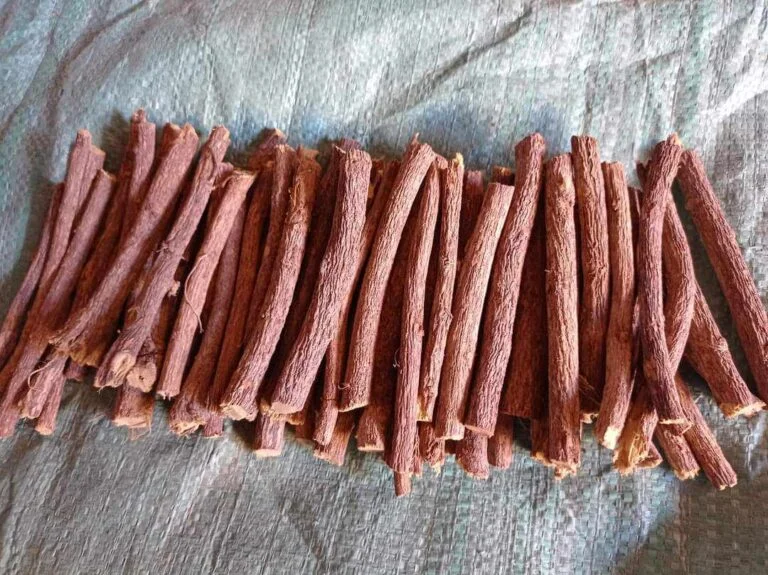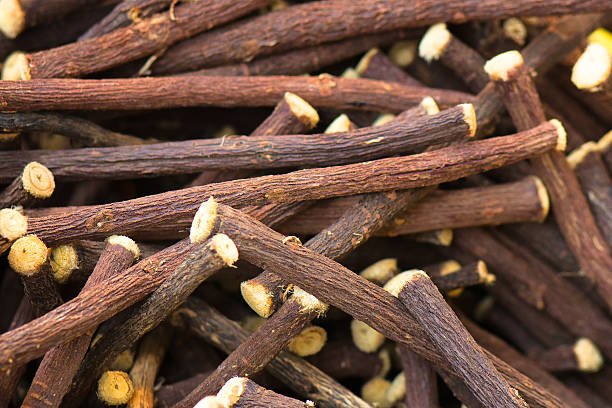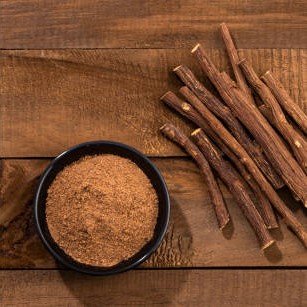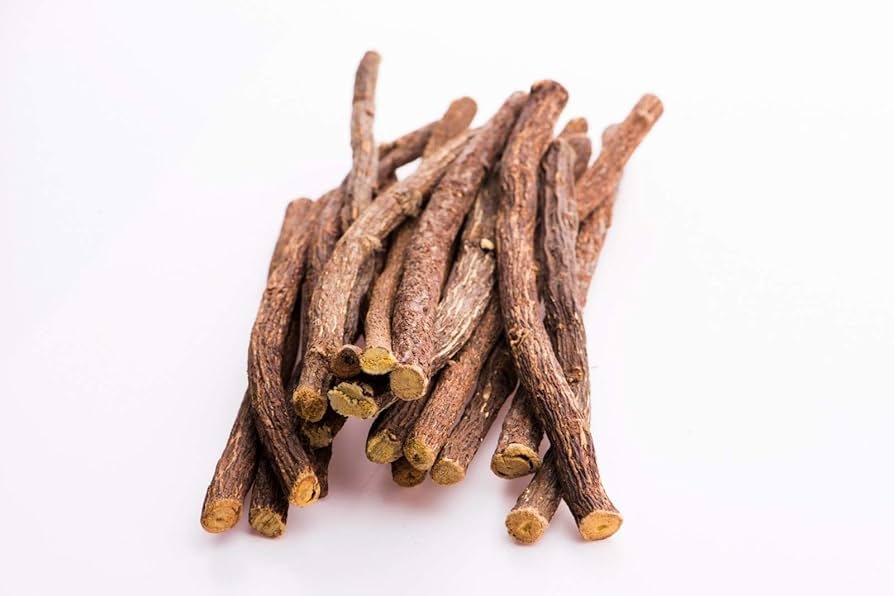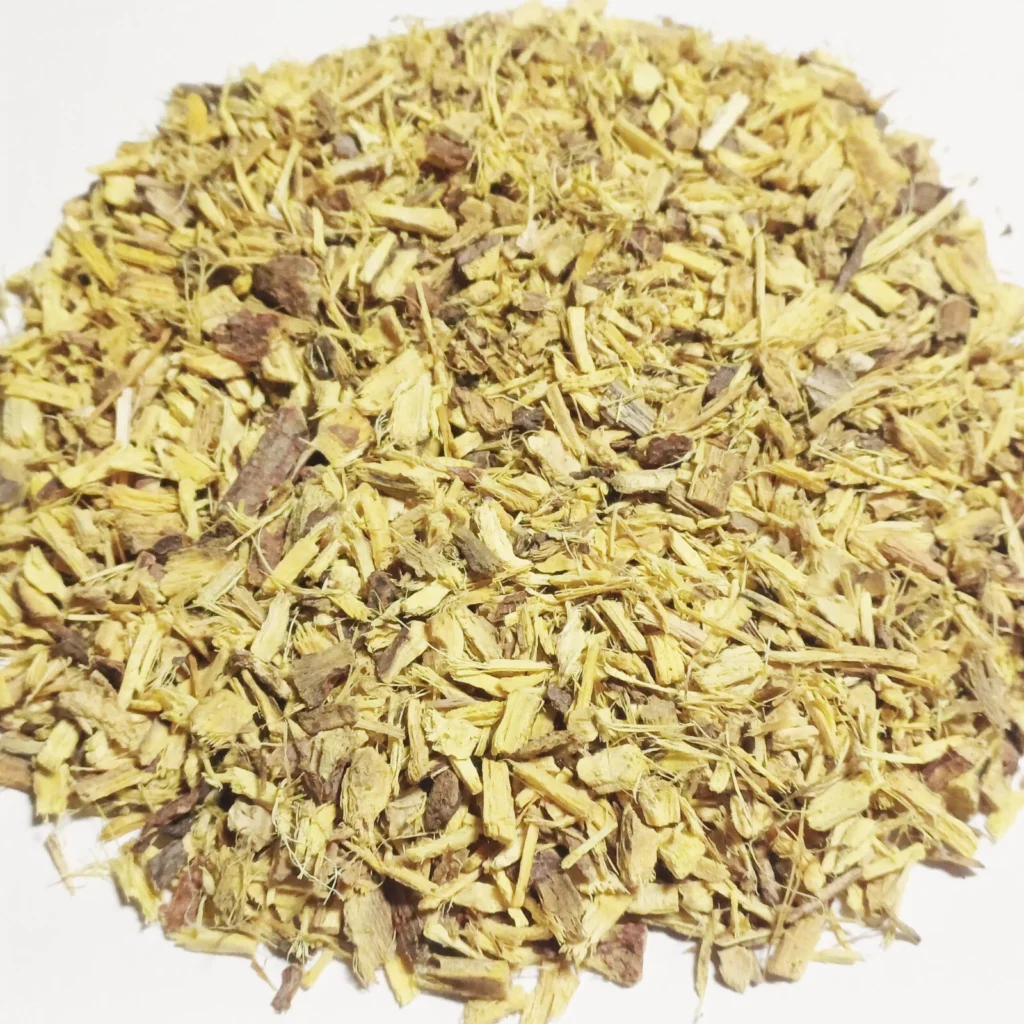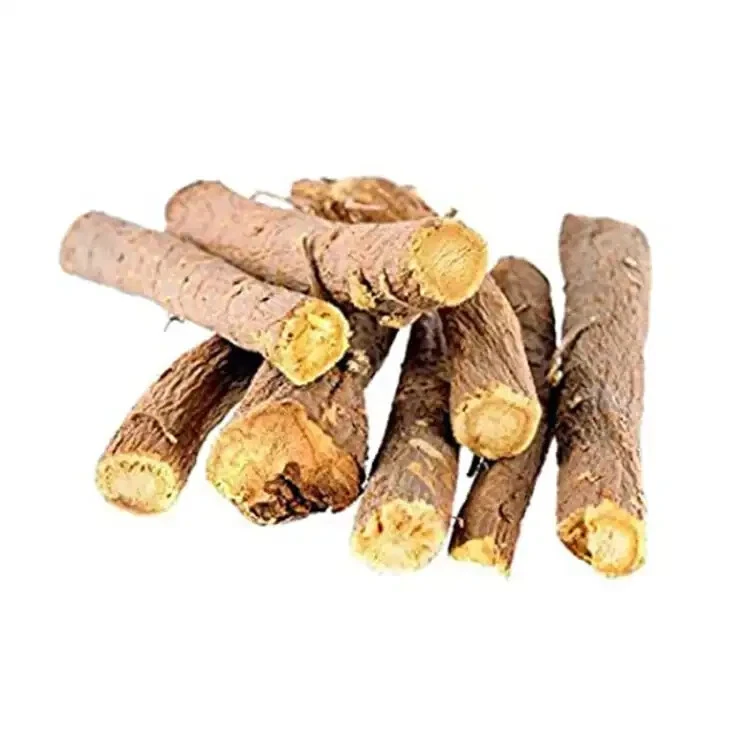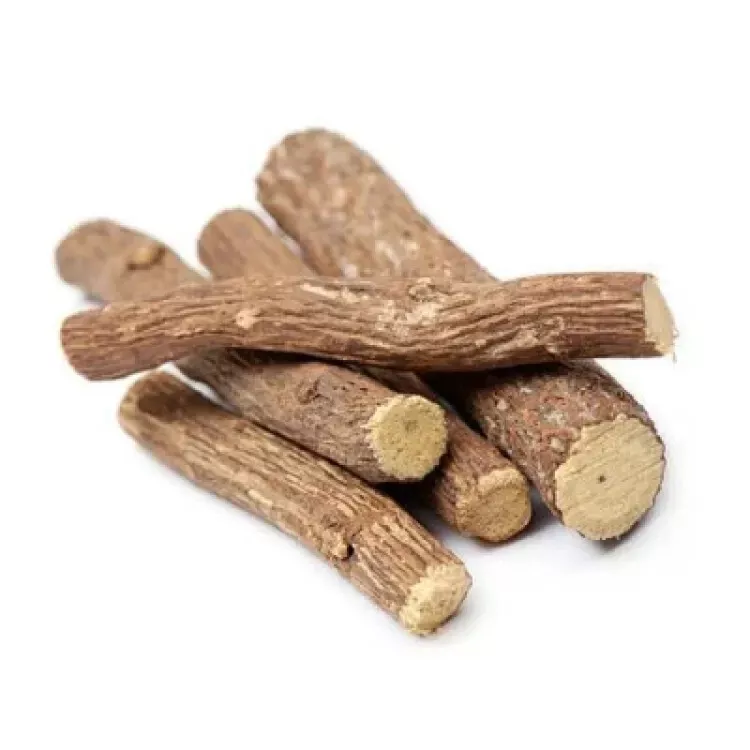Licorice Powder / Ground Licorice Root
Licorice powder is made from the dried root of the Glycyrrhiza glabra plant, known for its distinctive sweet, earthy flavor. It has been used for centuries in traditional medicine and as a flavoring agent in food and beverages. The powder is often used in herbal remedies, candies, and as a natural sweetener.
Physical Properties
Color: Light brown to dark brown
Texture: Fine, smooth powder
Odor: Sweet, earthy, and slightly woody
Taste: Sweet with a mild bitter aftertaste
Moisture Content: ≤ 10%
Particle Size: Typically 80–100 mesh
Chemical Properties
Glycyrrhizin Content: 4%–10% (responsible for the sweet taste and medicinal properties)
Total Ash: ≤ 6%
Acid Insoluble Ash: ≤ 1%
Volatile Oil Content: 0.5%–1%
pH (aqueous extract): 5.5 – 6.5
Flavonoids: Present (flavonoids like liquiritin contribute to its therapeutic properties)
Nutritional Information (per 100g)
Energy: Approx. 300–350 kcal
Protein: 4–5 g
Fat: 0.5–1 g
Carbohydrates: 75–80 g
Fiber: 10–15 g
Sugars: 50–60 g
Sodium: 10–20 mg
Quality Standards
“Compliant with local and European standards according to food safety regulations.”
Free from artificial colors, preservatives, and contaminants
Consistent color and flavor profile
No off-odors, mold, or spoilage
Complies with international food safety standards (ISO, HACCP, FDA, FSSAI)
Microbiological Standards
Total Plate Count: < 100,000 cfu/g
Yeast & Mold: < 1,000 cfu/g
E. coli: Negative
Salmonella: Absent in 25g
Coliforms: < 100 cfu/g
Packaging & Storage
As per the customer’s request, polypropylene bags and cartons.”
Storage: Store in a cool, dry place, away from direct sunlight and strong odors to preserve its flavor and medicinal properties
Shelf Life
18 to 24 months under proper storage conditions
Traceability and Compliance;
Origin :Egypt
Applications
Used in herbal medicine for digestive issues, respiratory conditions, and as an anti-inflammatory
Flavoring agent in candies, beverages, and syrups
Common in licorice-based products, such as licorice candy and liquor
Used in traditional recipes and spice mixes in Mediterranean and Asian cuisines
Can be used as a sweetener in foods and beverages, such as teas, desserts, and baked goods
Often found in throat lozenges and cough syrups
